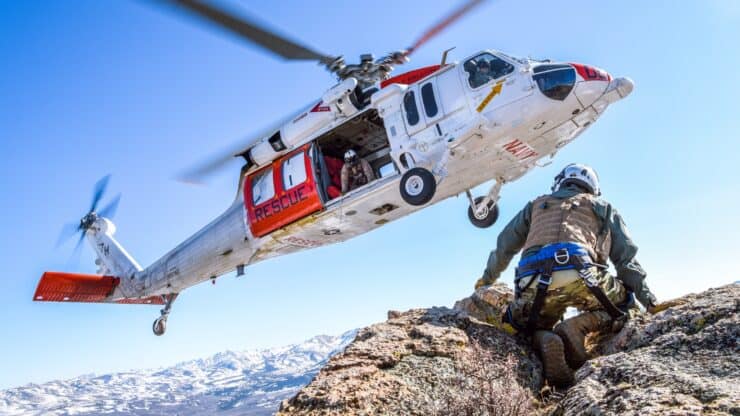

When to Hit SOS on inReach
The popularity of satellite communicators like InReach has opened up a never-before realized lifeline from the backcountry to the outside world. But what happens when you get in trouble? How do you know what it's okay to hit the SOS button? How "in trouble" is "in trouble," and when is it enough to warrant an SOS?
- What's the best SOS device to get?
- When is it okay to hit SOS?
- How does the rescue work?
- What you can do to increase your chance of survival.
As someone who reviews InReach devices, It's a question I get asked often. Questions I get include:
- What if I sprain my ankle?
- What if I get lost but can survive for a night or two?
- What if I see a forest fire?
- What if I see someone else hurt?
And they're all great questions.
So I sat down with Director of Technology for SAR / Los Angeles County Sheriff, Steve Goldsworthy. Steve has over 30 years of experience with LASD and was kind enough to share some practical insights on when to hit that SOS button. I've also added my thoughts from interviewing hikers who hit the SOS button, and my experience from pressing the SOS button myself to aid other hikers.

And just a note, the guidelines in this article are in no way an official policy of the Los Angeles County Sheriff's Department. The recommendations here are my own based on their generous input and insight, my experience, and the experiences of other hikers.
Let's Talk SOS Devices First
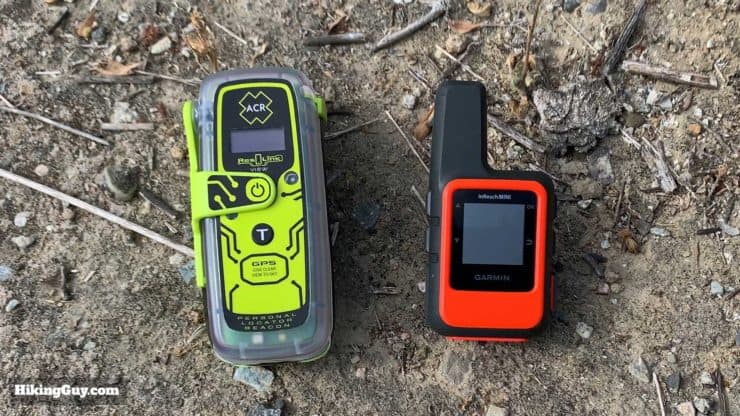
There are a few flavors of SOS devices that most people have in the backcountry: a PLB (like the ACR), a SPOT satellite communicator, a satellite phone, or an InReach satellite communicator. Each flavor has a different way of communicating with first responders.
- A PLB will use government emergency channels to initiate a rescue (check out this article on the ACR ResQLink View for all the details). A PLB is a one-way street; you hit SOS and wait. There is no communication back to you.
- InReach and SPOT devices use a private company called GEOS to initiate and coordinate a rescue. With all InReach and some SPOT devices, you have two-way communications with GEOS, family, friends, and first responders.
- Some satellite phones also have GEOS SOS service integrated. Otherwise, you would call emergency services on your own with the phone.
The Two-Way Advantage

If you have an InReach or two-way satellite communicator that uses GEOS, you have some distinct advantages over a one-way distress call.
- GEOS will have a two-way discussion (via text) about your situation and will advise in real-time.
- GEOS can allow you to communicate with medical professionals.
- GEOS will enable you to communicate with first-responders.
- GEOS will keep your emergency contacts apprised of the situation as it happens.
- GEOS will stay in communication with you until you end the distress call.
The downside is that you have to pay for this service as a subscription. I don't mind paying a few bucks for a service that increases my chances of surviving. If you don't want to pay for a subscription, your other option is to get a PLB like the ACR ResQlink.
You can check out my guides and reviews of the InReach devices.
What if I only have a cell phone? Well, it's not nearly as good as a satellite communicator for backcountry SOS, but there might still be a chance to communicate with search and rescue. I'll talk about your options later in this article.
When to hit the SOS button
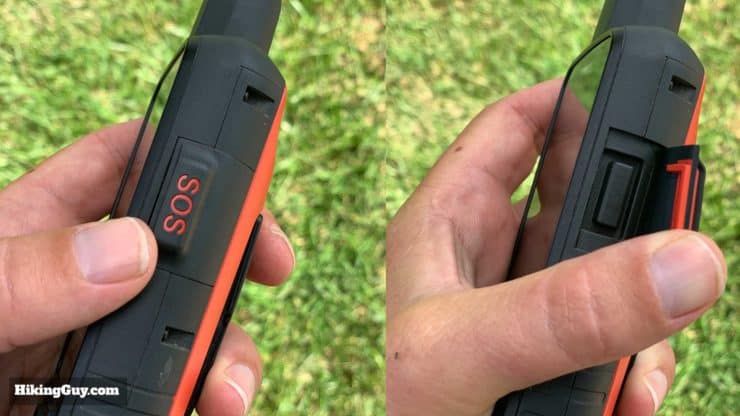
Let's get to it. When should you hit the SOS button? Steve Goldsworthy of LASD SAR has a great answer to that question.
Hit the SOS button in the backcountry when you are in doubt about your outcome.
You won't ever get in trouble for hitting the SOS button if your request for help is genuine. That guidance is flexible enough to account for your experience (or inexperience) level.
And if it further helps your decision-making process, hit SOS when you think you are in danger of life or (loosing a) limb. That's a piece of advice I received in a NOLS class, and it can help clarify "outcome," especially if you are a more experienced hiker.
I would add that having a two-way communicator like an Inreach device will increase your options and make your evacuation potentially easier for all parties.
SOS Scenarios
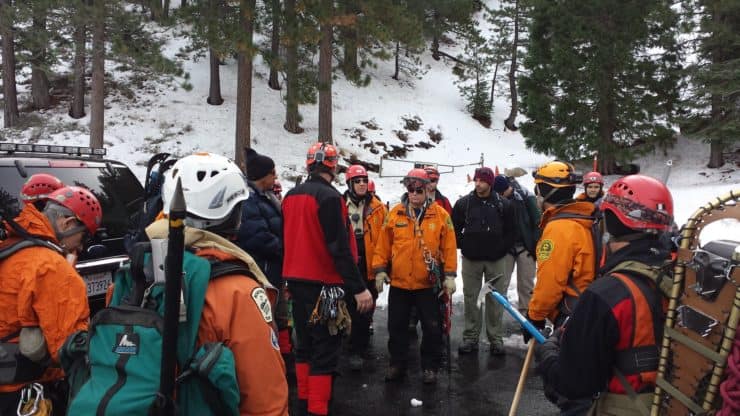
Let's walk through some potential SOS scenarios based on your questions and the criteria we just outlined. And here comes another disclaimer. There are no absolutes, and these are all hypothetical judgment calls to illustrate the SOS criteria in action. All emergencies are different. There are many variables for every situation. Only you can make the final decision on whether to hit the SOS button or not.
- You are 5 miles away from the trailhead, and you sprain your ankle. You can't walk without a lot of pain. You're not sure if you'll make it back before nightfall or at all. You have a daypack but have never stayed overnight in the woods.
- Hit the SOS button.
- You are 5 miles away from the trailhead, and you sprain your ankle. You can't walk without a lot of pain. You know that you can make it to the trailhead by going slowly, and if it gets dark out, you have a headlamp with extra batteries.
- Hike out without an SOS. If you have an InReach, let family or friends know about the situation.
- It's getting late, and you took what you thought was a shortcut, and now you're stuck on a cliff. You might be able to climb down if you tie your shirt and jacket together to make a rope.
- Hit the SOS button.
- You are 2 miles into the hike, and you get severe leg cramps. You can't walk or move.
- The immediate outcome of a leg cramp is just some pain. You know that cramps come and go. Wait and see if your condition gets better. Try to walk back to the trailhead. If you can't move, hit SOS. If you have an InReach, ask GEOS about treating your condition.
- You alone, you slip, fall and hit your head hard. You feel dizzy, but think you'll be okay.
- Hit the SOS button.
- You are lost, and it's getting dark out. You've tried to retrace your steps, but nothing looks familiar. You've called out for help and haven't heard anyone else. You don't have the gear or experience to spend the night in the backcountry.
- Hit the SOS button
- You are lost, and it's getting dark out. You've tried to retrace your steps, but nothing looks familiar. You've prepared with maps and gear to spend the night.
- If you have an InReach, let your family know you are okay, but lost, and are spending the night. Rest and use your maps and navigation tools to evacuate in the morning. If you still can't find your way out or get stuck, hit SOS.
- You're out with a hiking group, and you've lost sight of the leading group of hikers. It's getting dark; you have no idea where you are, and you're not prepared to stay overnight.
- Hit the SOS button
- You're an experienced hiker and get caught high in the mountains during a blizzard with lightning. It's colder than you expected, visibility is zero, lightning is crashing around you, and you don't know which way to go.
- Hit the SOS button
- You are hiking over a stream, slip, fall, and are shivering uncontrollably. You can't stay warm, and you have several hours to hike out.
- Hit the SOS button.
- You've hiked down the Grand Canyon, and now you're hiking back up and out. It's harder than you expected, but you know where you are and where the trail goes. But you're exhausted. You only have a few hours of daylight left.
- Keep hiking back out. You know the outcome is that you will be exhausted but safe. If it gets dark out and you don't think you can make it through the night, hit the SOS button. If you exert yourself so much that you think you have a medical emergency such as heat stroke, hit SOS.
- You see a massive plume of smoke a few miles in the distance. It looks like a wildfire. You are a few miles from a road or trailhead.
- Hit the SOS button. If you have an InReach, communicate with the GEOS team about the situation and evacuation routes.
What Happens When I Hit SOS?
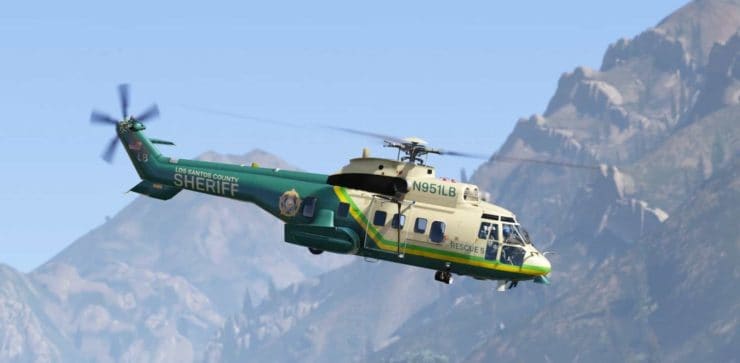
The process varies slightly depending on your situation, device, and location, but the basic workflow is
- Someone monitoring the SOS channels (GEOS, the Air Force, etc.) gets a distress call. Generally, the distress signal will also include GPS coordinates.
- They will look up any information associated with the beacon, such as your name, age, experience, etc.
- They will reach out to state emergency officials.
- State officials will determine the appropriate county officials and contact them.
- County officials will determine the appropriate first responder team(s).
- Weather-permitting, this could be a helicopter.
- If the conditions don't allow for a helicopter, it will likely be a search and rescue (SAR) ground team.
- A SAR ground team could also come in to support a helicopter.
- The SAR team will contact the agency that received the SOS call (such as GEOS) to get all the information they can, including your GPS position.
- The SAR team will try to communicate with you if you have a two-way communications device.
- They might use software such as SARTopo to plan an approach to your position based on the conditions and their local knowledge.
- Aviation units can potentially reach you quickly, but may not be able to evacuate you based on the conditions.
- Ground teams will probably take a bit longer to reach you than it took for you to get where you are.
- If you have a two-way communicator like an InReach, GEOS will check in with you periodically and update you on the situation.
- Maybe a helicopter will swoop in and airlift you away to safety if the conditions permit. If the conditions are bad, a rescue could take days. Most ground rescues take at least several hours.
FYI, in Los Angeles, all SAR team members are certified EMTs.
What to Do After You Hit SOS

The most important thing is to stay put wherever you triggered your distress call.
First responders will travel to the distress call's GPS position. If you move, they then have to try and find you.
Other things you should do are:
- Get comfortable and settle in. A rescue will likely take at least a few hours, if not longer.
- Put your phone in airplane mode to save battery if you haven't done that already. Don't use the flashlight on your phone; it drains the battery quickly.
- Update GEOS if your situation or condition changes.
- If you see or hear a helicopter, use your cellphone camera with a flash to signal them. You can also flash your headlamp or turn on its strobe feature.
- When you hear the SAR team approaching, yell to let them know where you are.
How to Increase Your Chances Of Rescue Before Leave Your House
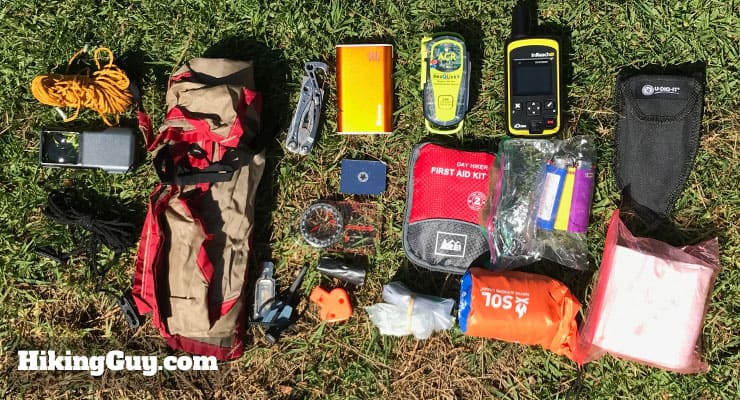
There are some simple steps you can take before your hike to increase your chances of survival.
- Tell friends or family where you are hiking and when you will be back. Tell them if "I'm not back by Xpm" to call 911.
- Email or text them a link to the trail or trail guide you are using.
- If you are not back, they can call 911 and report you as overdue. You don't have to wait 24/48/whatever hours to report someone missing. And you don’t have to file a missing person report to activate a SAR team.
- When you hike, don't just follow a line on a GPS unit. Look at maps, know the route, and know where you can potentially cut your hike short if you need to (like an alternate trail or road).
- Hike with friends. Ideally, you'll all be at similar fitness levels and can do the hike together. If you think the group will break up, then don't hike as a group.
- Check the weather and conditions on your hike before you go. Err on the side of caution, especially if you are attempting a challenging hike.
- Search for current online trip reports that cover your hike to get updated conditions.
- Use a website like Mountain-Forecast.com to get predicted conditions at altitude.
- Call the ranger station and ask about the condition of the route. (I have the phone number in all of my hike guides)
- Understand that an easy trail in the summer can be treacherous in winter conditions,
- Know the hiking essentials and bring them with you on your hike.
- If I'm hiking in the backcountry, I bring a lightweight overnight kit that lets me camp in a pinch. Once a year, I do a practice overnight with my kit.
- Make sure that your phone is fully charged and put it into airplane mode to save battery.
- Pair your phone with your InReach but turn Bluetooth off on your InReach to save battery. If you have to have a two-way conversation with GEOS over InReach text, pair your phone. It's much easier to type on your phone than on the InReach unit.
- Fully charge your InReach and make sure that your plan is active.
- If you're not going to bring all the essentials, at least make sure you have a headlamp or flashlight in case you get caught out after dark.
- Take a wilderness medicine course.
Want some gear recommendations? Check out my gear page. Only hiking gear that I use, no paid BS.
How Long Does a Message Take to Send?
What If I Don't Have a Satellite Communicator?
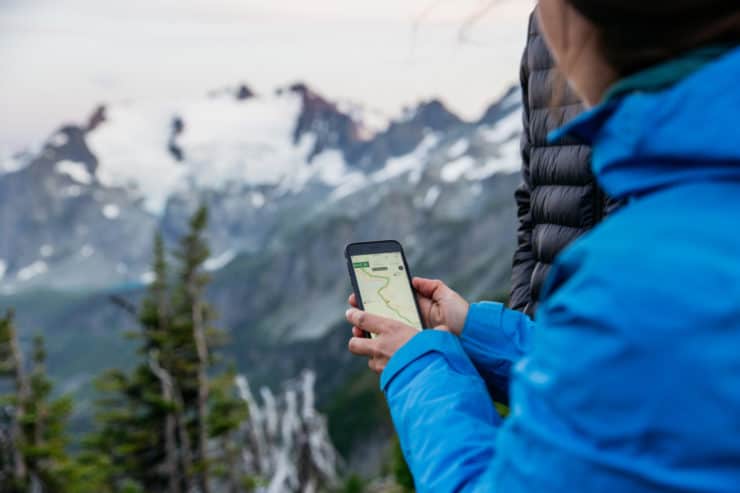
If you find yourself in distress without a cellphone signal in the backcountry, there are some steps you can take that will assist SAR teams.
- Dial 911. Even if you don't have coverage from your carrier, there might be other carriers in the area with reception, and the 911 request will be routed through them. The cell tower can give rescuers a distance and general directional sector to perform the search in.
- Put your phone in airplane mode and turn on WiFi. Some rescue teams are using Airflare units, which can sniff out your phone based on your WiFi.

This little Airflare unit allows rescuers to sniff out your phone using information from your home or work WiFi network. - If you can safely start a small, contained fire, do it. Some rescue teams have thermal imaging cameras that can see the heat signature from the fire or camp stove. Use this method with caution, and only if you know you can contain the fire at all times. One of the largest forest fires in California history, the Cedar Fire, was ignited by a novice hunter who started a small fire to signal a rescue. Be sure to clear an area ten feet around your small fire to keep it contained. If it’s windy out, don’t start the fire.
- Make noise, wave bright-colored clothing, flash mirrors or glass, and do whatever else you can to signal aircraft or first responders when you hear them coming close.
Who Pays For My Rescue?
In California, you pay nothing for a rescue. In Los Angeles County (and many others), volunteers perform the rescue in conjunction with the Sheriff's Department. If you want clarification about who would pay for a potential rescue, give your local sheriff's department a call.
However, you might have to pay for an ambulance or emergency service when the rescue ends. If a SAR team transports you from the trail to the road and a private ambulance service picks you up, you (or your insurance) may be liable for the ambulance transport costs.
If you're not critically injured, you have the option of not getting professional care and simply driving home or to your doctor.
If you are hiking in an area without free SAR services, InReach offers affordable rescue insurance that you can buy through the online InReach control panel.
What To Do If You See Someone In Need
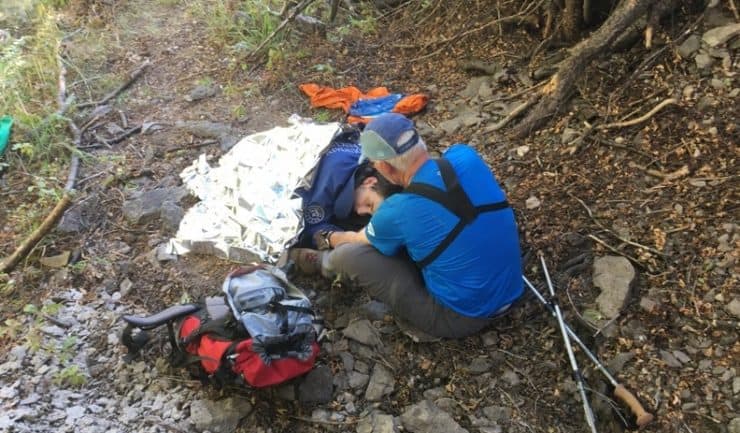
I've used my InReach for emergencies, but they weren't my own. If you hike enough, at some point, you'll encounter others in need. The great thing about having a satellite communicator is that you can use it to get help for someone else. Ideally, you have an InReach where you can relay the specifics of the situation to GEOS.
Now I'm not a lawyer, and there's probably angles here where you could potentially get sued for helping someone and also for not helping someone (duty to rescue). So don't take this as legal advice. I'm just sharing based on my experience.
I've hit SOS on my Inreach twice to assist other people. Both times it was because of altitude-related sickness. In both cases, I messaged GEOS during the beginning of the SOS call and told them that it was for another person. There wasn't a problem with this, and I simply waited with the people in distress until a SAR unit arrived. Then I canceled the SOS on my InReach and moved on.
Note that if you have rescue insurance, it only covers you, not anyone else in your party, or strangers you may assist on the trail.
Help Those That Help
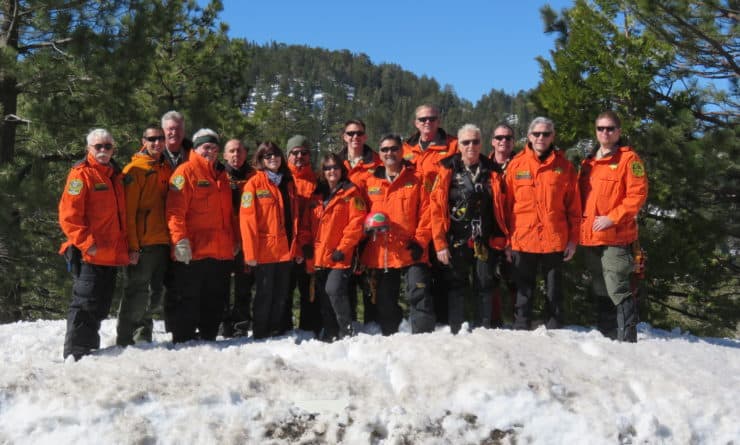
Most search and rescue operations are nonprofits run by volunteers. And while they get some assistance from local government organizations and grants, they still rely on the public's aid for funding. Los Angeles County Sheriff's Department Search and Rescue Team members are Reserve Sheriff's deputies who volunteer their time to help others for $1 a year, and who partner with sheriff's civilian volunteers who volunteer for free.
These men and women volunteer their time and risk their lives to save others, please give back and say thanks. Here's how you can give back to SAR teams in Los Angeles County:
- Montrose Search and Rescue Team
- Altadena Mountain Rescue Team
- Sierra Madre Search and Rescue Team
- Antelope Valley Search and Rescue
- Malibu Search and Rescue Team
- Santa Clarita Valley Search and Rescue Team
- San Dimas Mountain Rescue Team
- Avalon Search and Rescue Team
If you'd like to donate to a SAR team near you, just Google it or call your local police department.
Putting It All Together
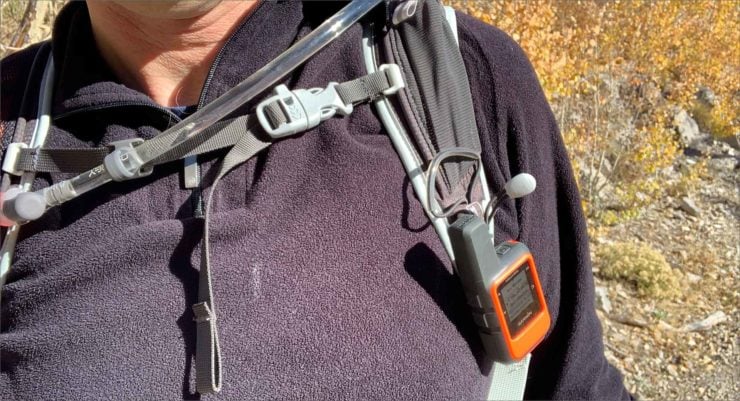
- Carry a satellite communicator like the InReach.
- Prepare for your hike responsibly.
- Hit the SOS button in the backcountry when you are in doubt about your outcome.
- Wait for rescuers in the same place that you hit SOS.
- Help others in need with your device.
- Help SAR teams by donating.
A big thanks to the Los Angeles Sheriff's Department for helping me with this article. Specifically, I'd like to thank Deputy Morgan Arteaga for setting this all up, and Steve Goldsworthy, Director of Technology for SAR / Los Angeles County Sheriff, for taking the time to answer my questions and talk about SAR with me.
Need More Info?
- Have a question about the guide or want to see what other people are saying/asking? View the Youtube comments for this video. Leave a comment and I will do my best to respond.
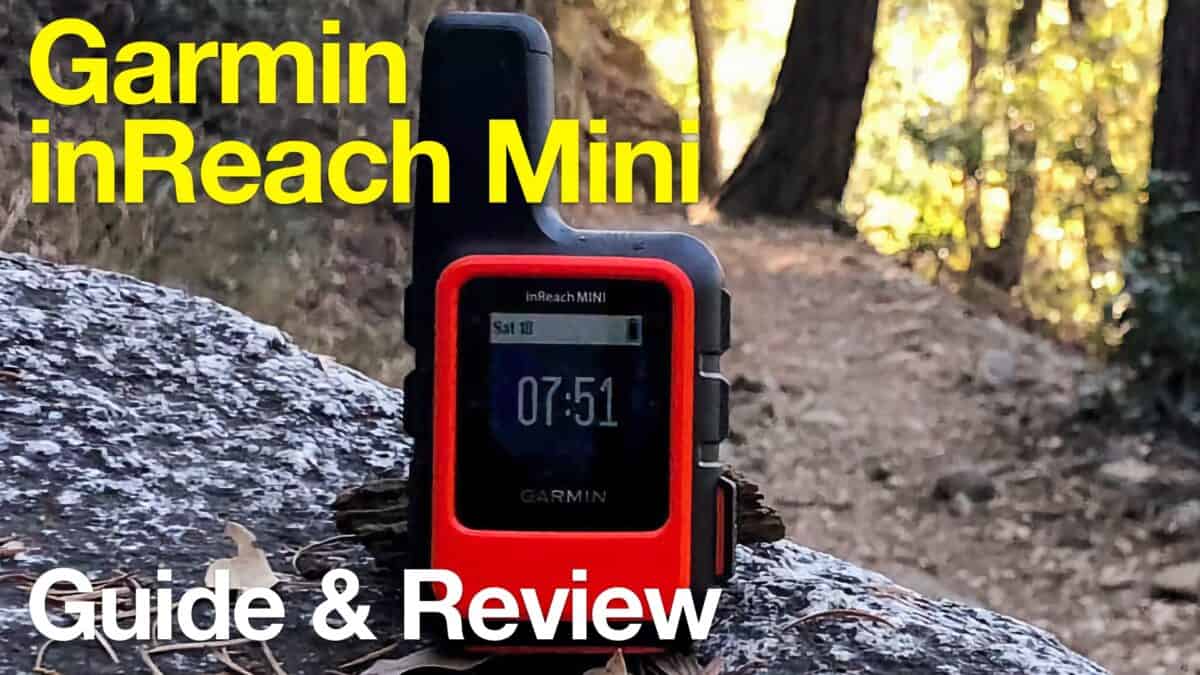 In-Depth Garmin inReach Mini Review
In-Depth Garmin inReach Mini Review ACR ResQLink View PLB Review
ACR ResQLink View PLB Review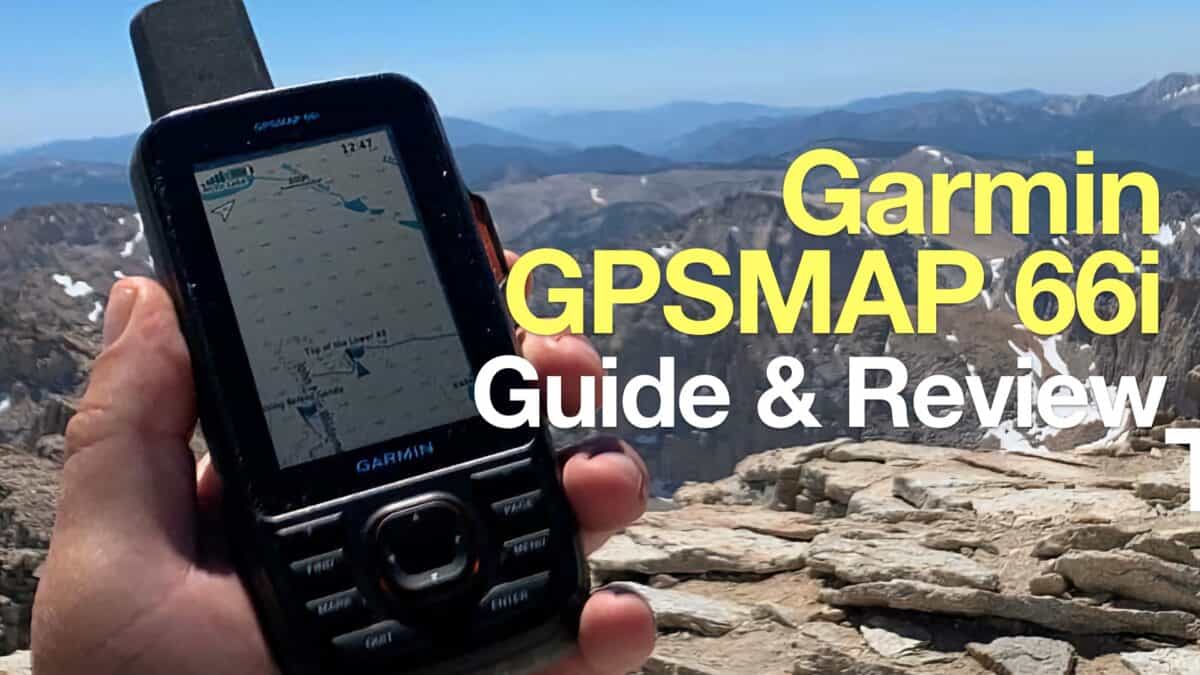 Garmin GPSMAP 66i Review & Guide
Garmin GPSMAP 66i Review & Guide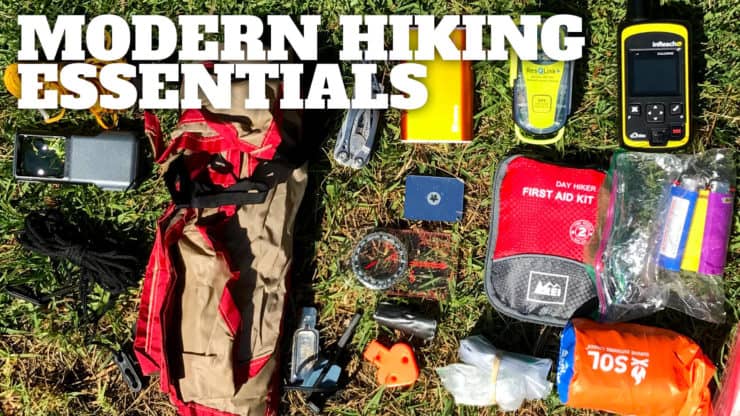 The Modern Hiking Essentials
The Modern Hiking Essentials How to Find the Location of an InReach Device
How to Find the Location of an InReach Device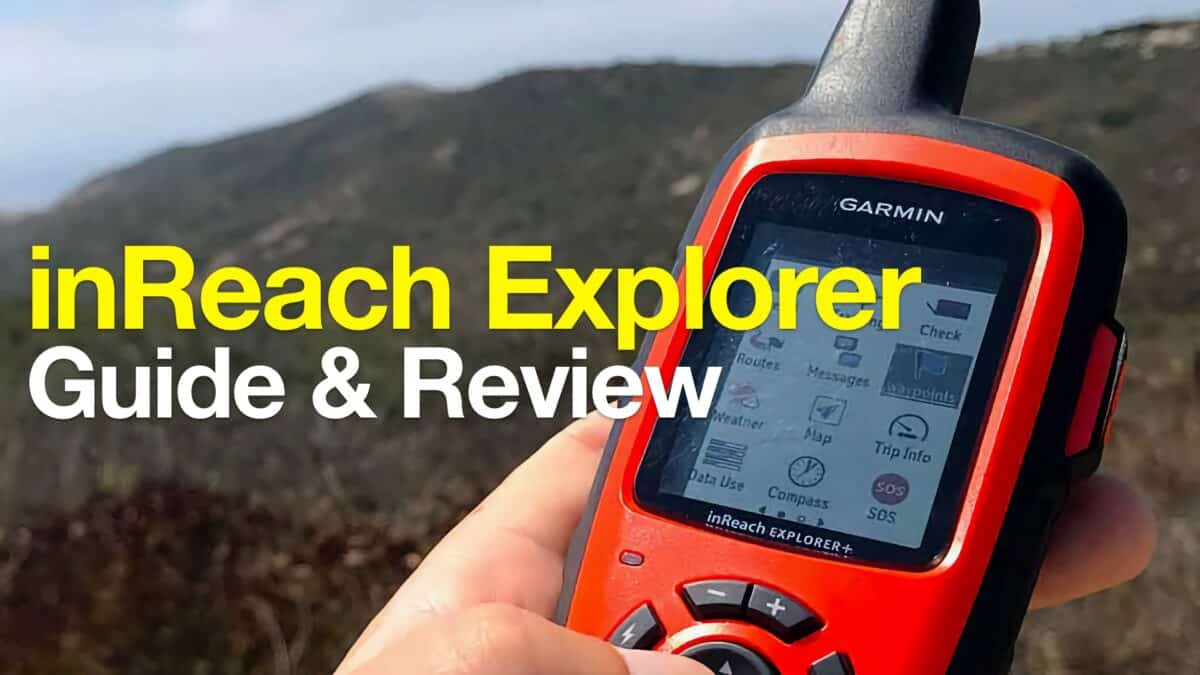 In-Depth Garmin Inreach Explorer Review
In-Depth Garmin Inreach Explorer Review In-Depth Garmin Montana 750i, 700i, 700 Review
In-Depth Garmin Montana 750i, 700i, 700 Review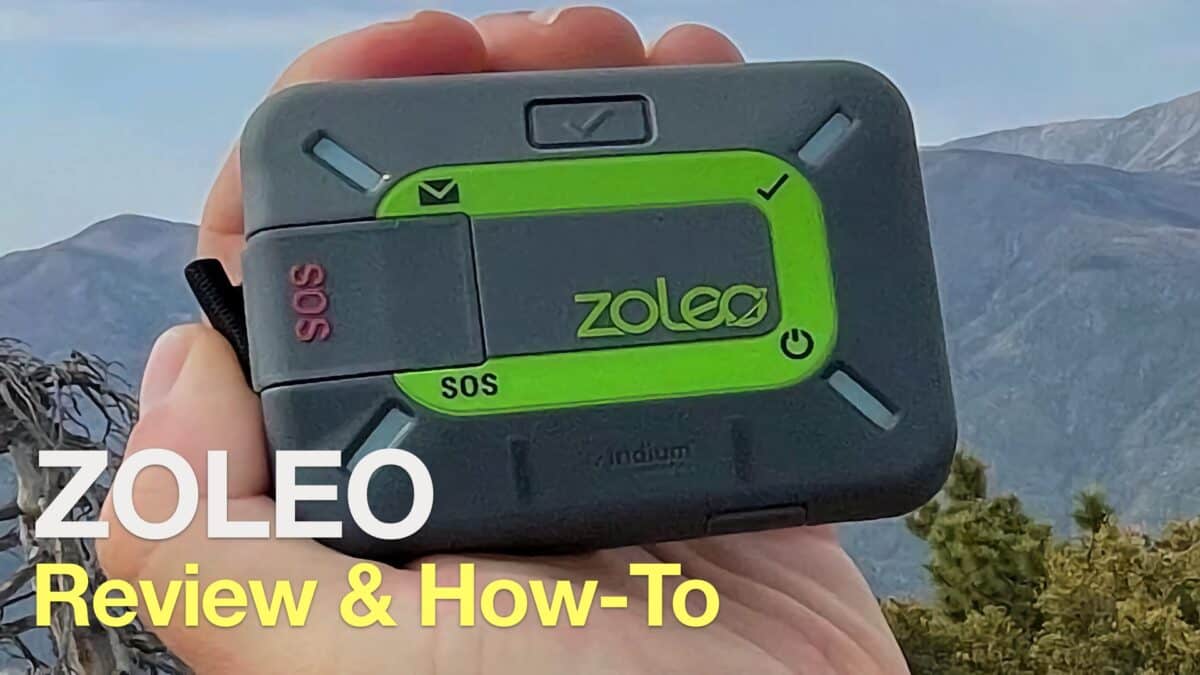 ZOLEO Satellite Communicator Review & Guide
ZOLEO Satellite Communicator Review & Guide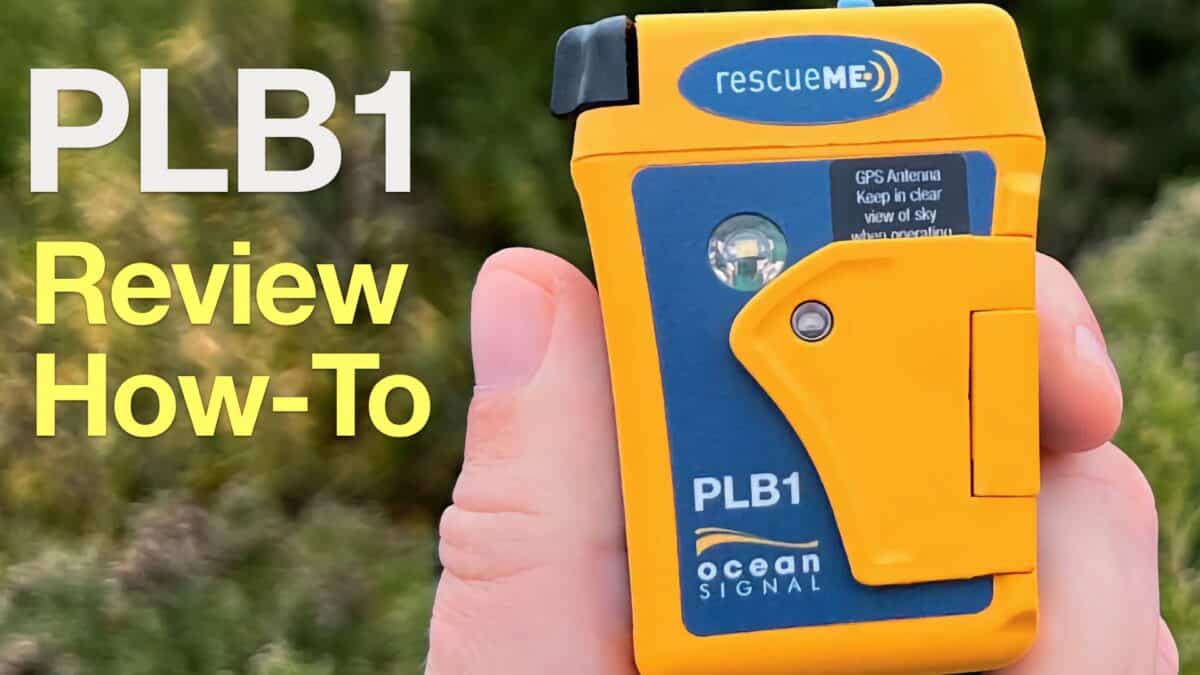 ACR Ocean Signal rescueMe PLB1 Review
ACR Ocean Signal rescueMe PLB1 Review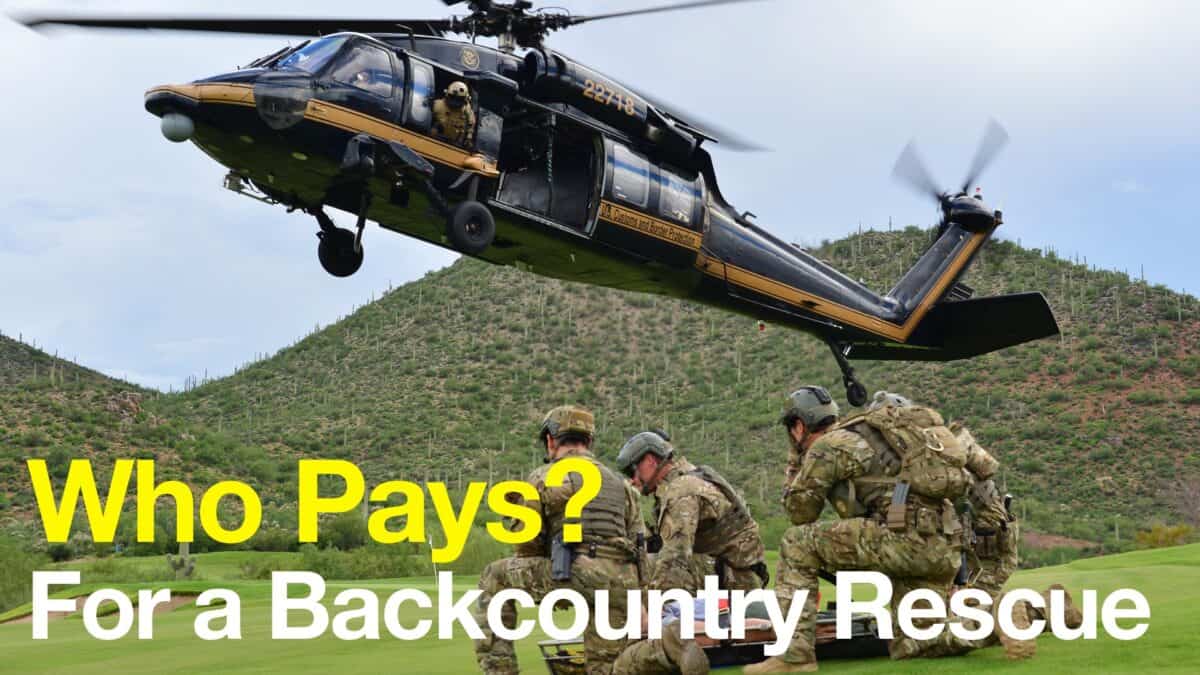 Who pays for a backcountry rescue?
Who pays for a backcountry rescue?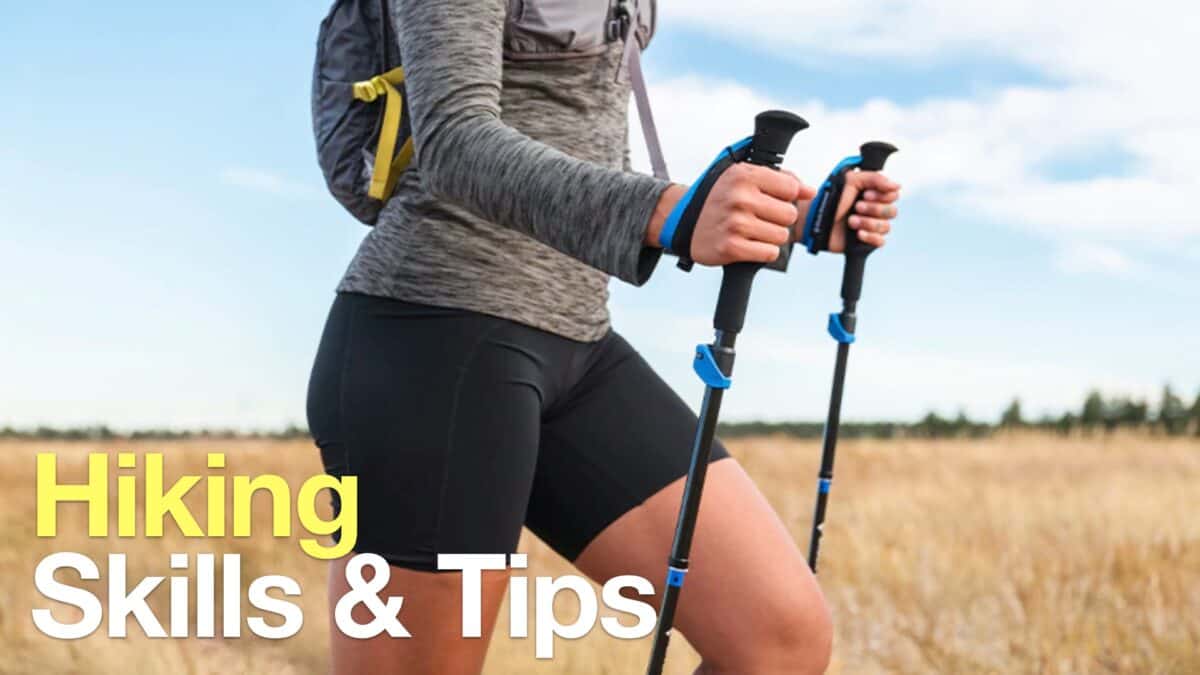 How to Hike
How to Hike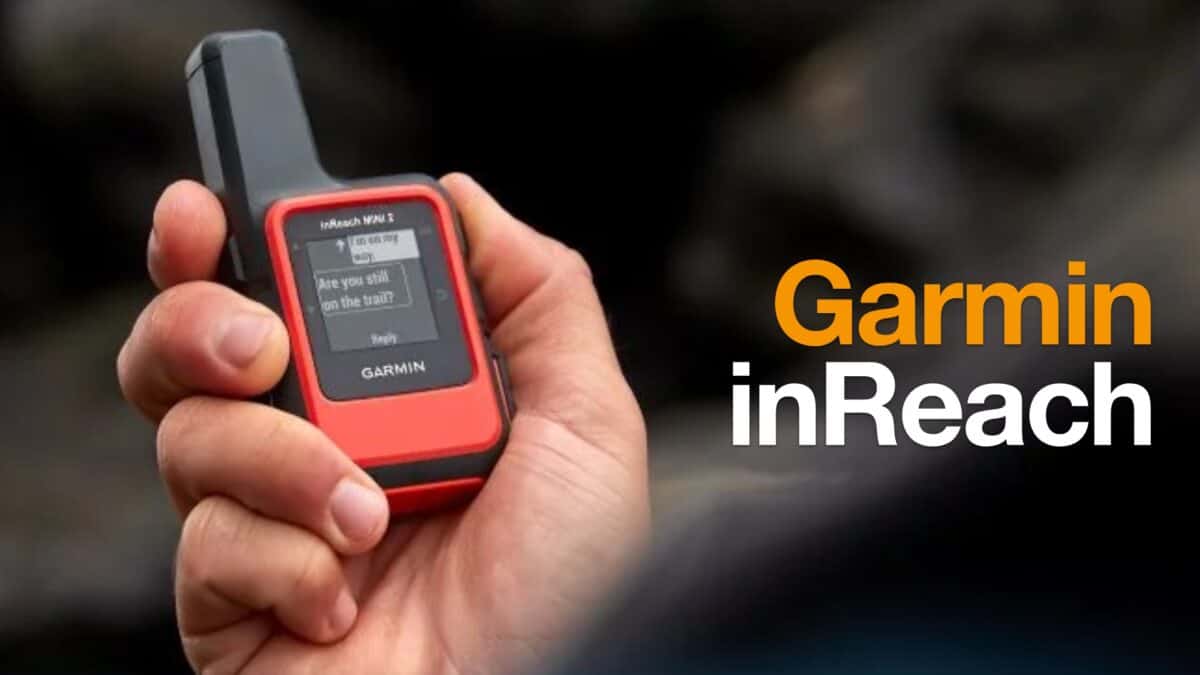 Garmin inReach
Garmin inReach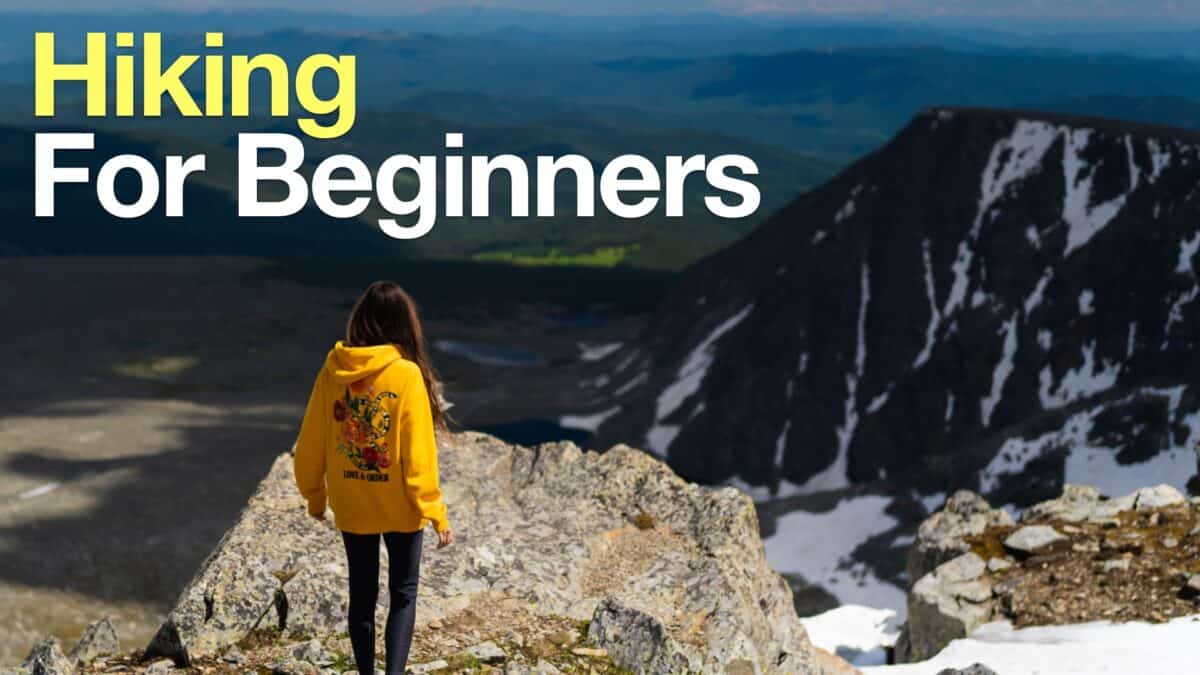 How To Get Started Hiking
How To Get Started Hiking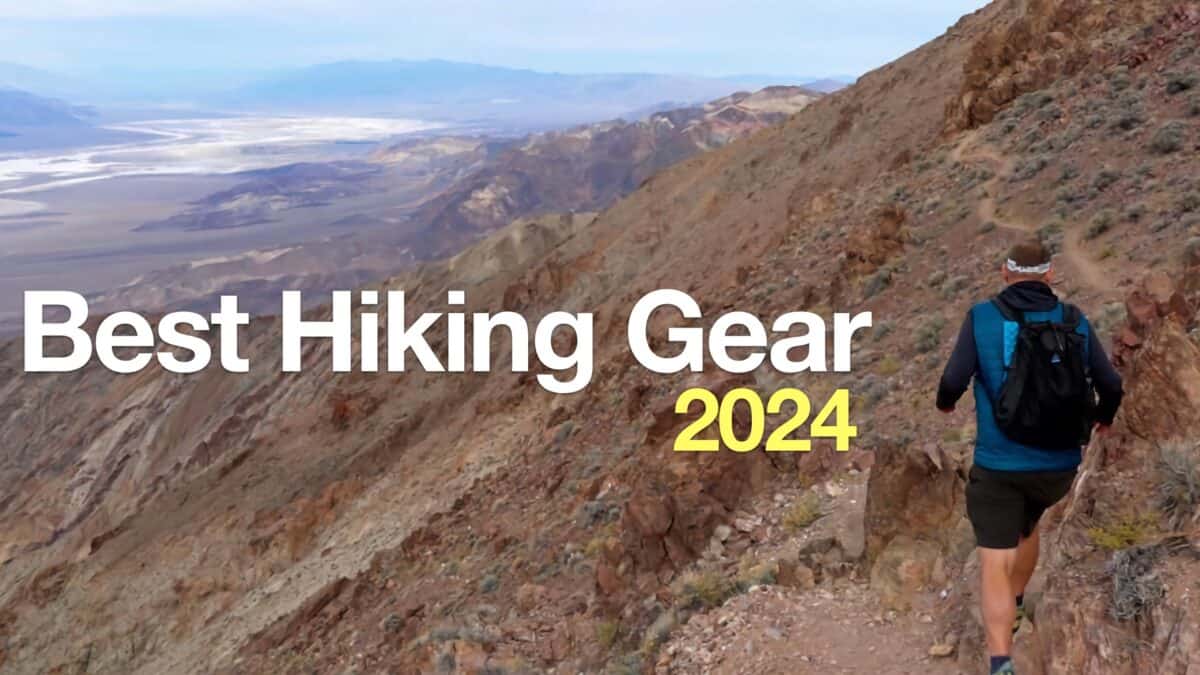 Best Hiking Gear 2024
Best Hiking Gear 2024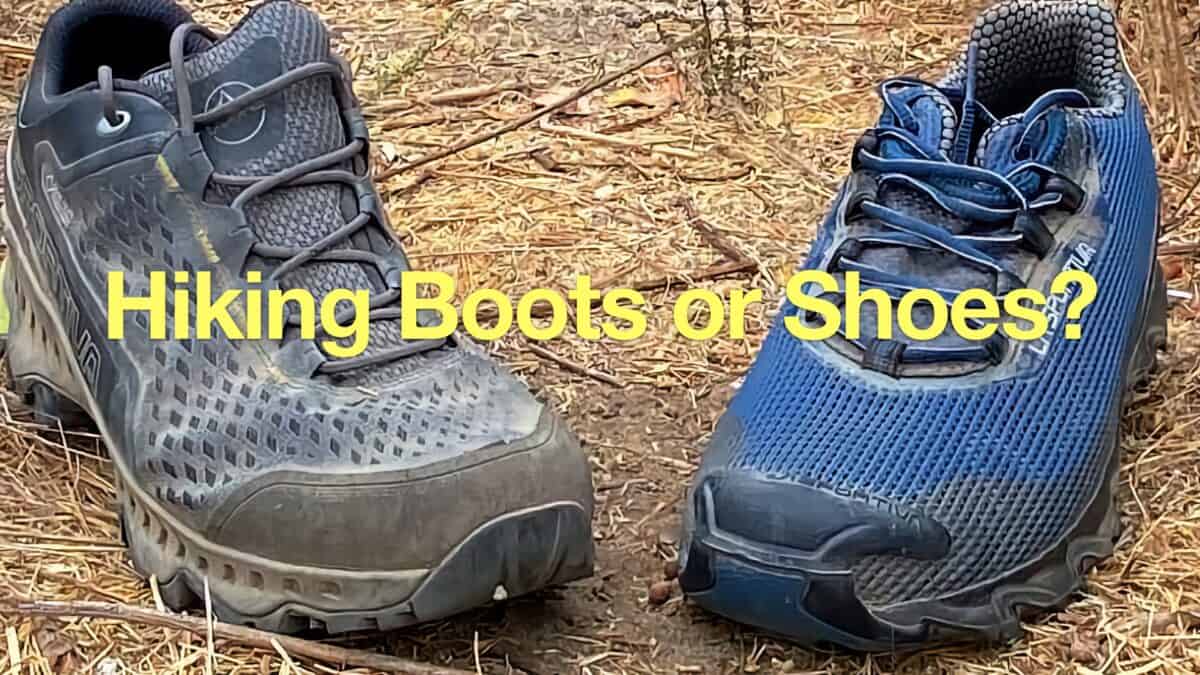 Hiking Boots or Shoes: Do I Really Need Hiking Boots?
Hiking Boots or Shoes: Do I Really Need Hiking Boots?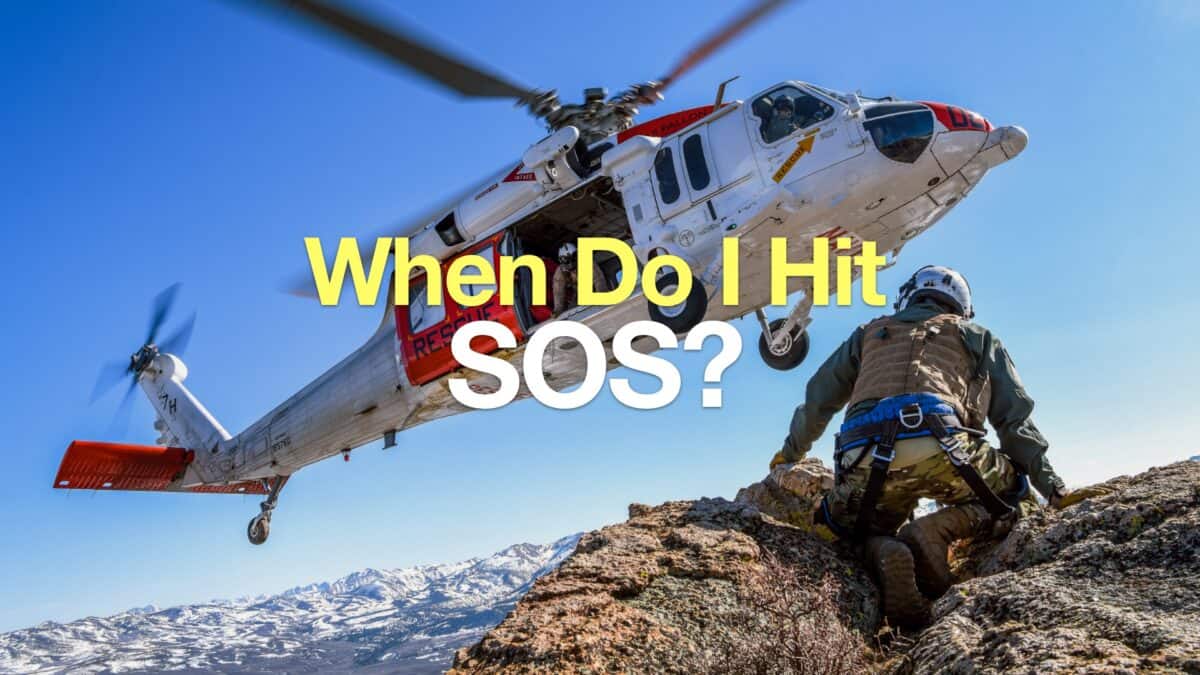 When to Hit SOS on inReach
When to Hit SOS on inReach